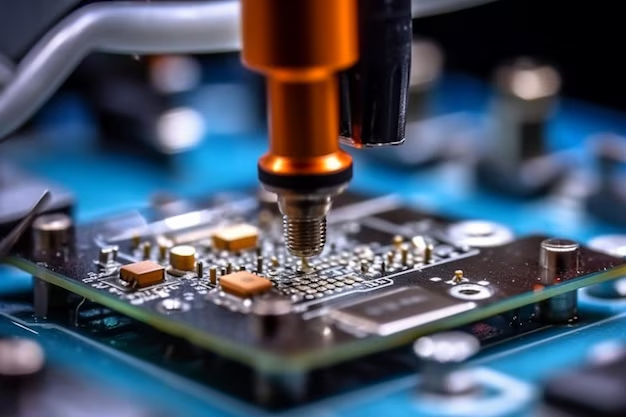Electronic & Electrical Devices
Home >> Electronic & Electrical Devices
Springs play a vital role in the function of electronic and electrical devices, contributing to the reliability and efficiency of a wide range of products. From small consumer electronics to large-scale industrial equipment, springs provide mechanical solutions that are essential to device performance. In this article, we will explore the various types of springs used in electronics, their applications, and how they contribute to the advancement of modern technology.
Springs are essential components in a wide variety of electronic and electrical devices, providing the mechanical solutions necessary for functionality, reliability, and longevity. From maintaining electrical contacts in battery holders to ensuring precise movement in rotary switches, springs are indispensable to modern technology. By understanding the different types of springs and their applications, engineers and designers can develop more efficient and durable devices.
Types of Electronic & Electrical Devices Springs

Compression Springs
Compression springs are used to absorb energy when they are compressed. They are typically found in push-button mechanisms, circuit breakers, and battery contacts in electronic devices.
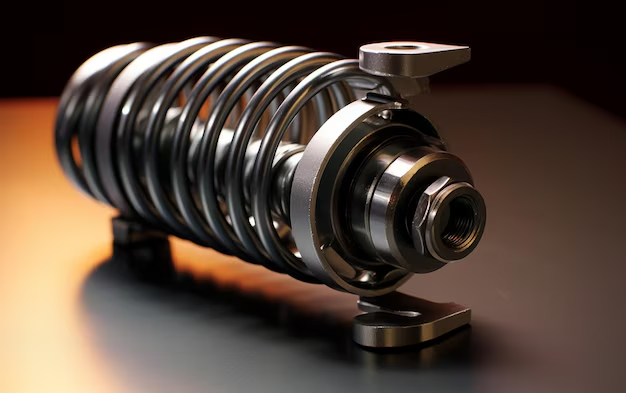
Torsion Springs
Torsion springs operate by twisting and are used to store rotational energy. In electronics, they are often used in rotary switches, antennas, and disc drives where rotational motion is required.
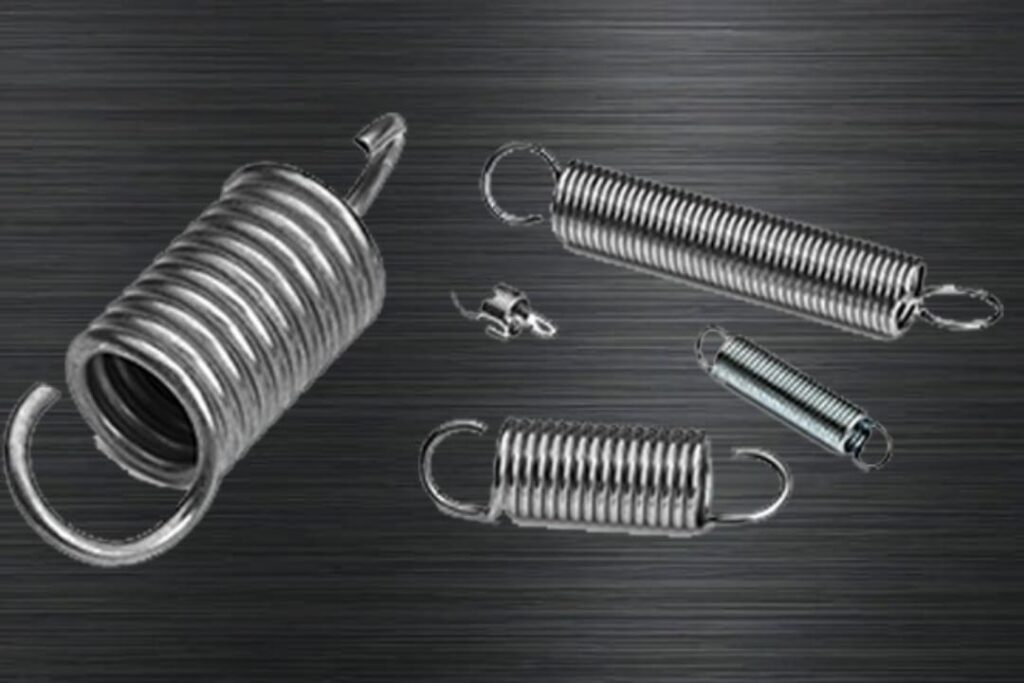
Tension Springs
Tension springs store energy by resisting elongation under a pulling force. They are used in mechanisms like cable retractors and in electrical contacts to maintain tension and connectivity.
Applications of Springs in Electronic & Electrical Devices
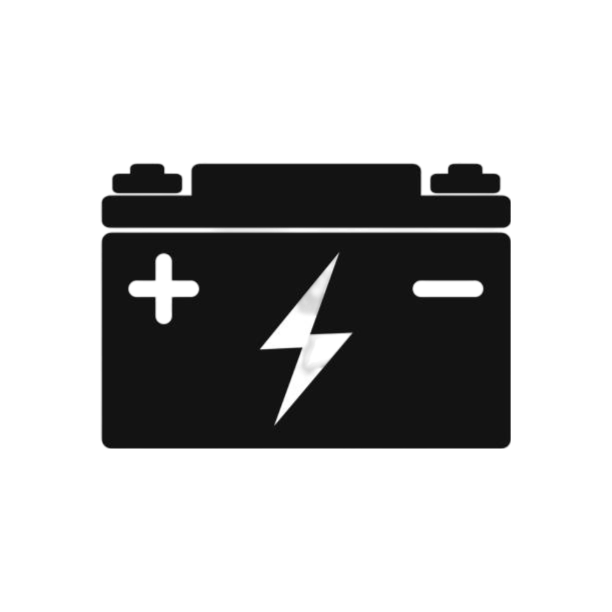
Battery Contacts and Holders
One of the most common applications of springs in electronic devices is in battery contacts and battery holders. Compression springs are typically used to maintain continuous electrical contact between the battery and the device’s circuitry. These springs ensure that the battery remains in place, even when the device experiences movement or vibration, ensuring a stable power supply.In smaller devices like remote controls, flashlights, and portable electronics, the quality and reliability of the spring.
Push Buttons and Switches
Springs are integral components in push-button switches used in a variety of electronic and electrical devices. In these systems, compression or torsion springs allow for smooth operation by returning the button to its original position after it is pressed. This type of mechanism is found in keyboards, telephones, control panels, and electronic appliances like microwaves and washing machines.The spring’s elasticity ensures tactile feedback, which enhances the user’s interaction with the device.
Relays and Electrical Contacts
In electromechanical relays, springs are used to control the opening and closing of electrical circuits. These devices rely on leaf springs or compression springs to maintain the correct positioning of the contact points. The spring’s force ensures that the electrical contacts open or close when required, allowing for the controlled flow of electricity.This application is vital in various industrial controls, power systems, and home automation systems, where reliable switching is necessary for the safe operation of electrical equipment.
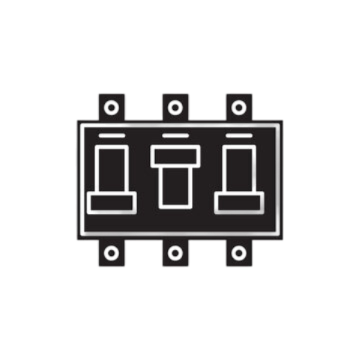
Circuit Breakers
Circuit breakers protect electrical systems from damage caused by overloads or short circuits. Springs play a key role in the function of circuit breakers by holding the contacts closed during normal operation. When a fault is detected, the spring releases, allowing the contacts to open and stop the flow of electricity, thereby preventing damage to the system.In high-voltage applications, robust springs made from heat-resistant materials are essential.
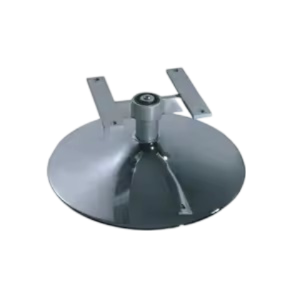
Antennas Rotational Mechanisms
Many electronic devices that require rotational movement or signal adjustment use torsion springs. Retractable antennas in radios, televisions, and communication devices often rely on springs to control their movement and positioning. These springs ensure that the antenna can be smoothly extended or retracted without losing its ability to receive signals.Torsion springs are also found in CD players and DVD drives.
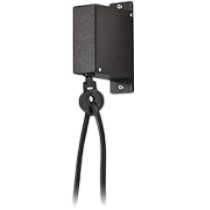
Cable Management and Cord Retractors
In devices with retractable cords, such as vacuum cleaners, power tools, and charging cables, constant force springs are used to retract the cord after use. These springs ensure that the cable is pulled back into the device housing smoothly and consistently, preventing tangling or damage to the cord.This feature is particularly important for maintaining the aesthetic and practicality of consumer electronics and tools that require cord management solutions.

